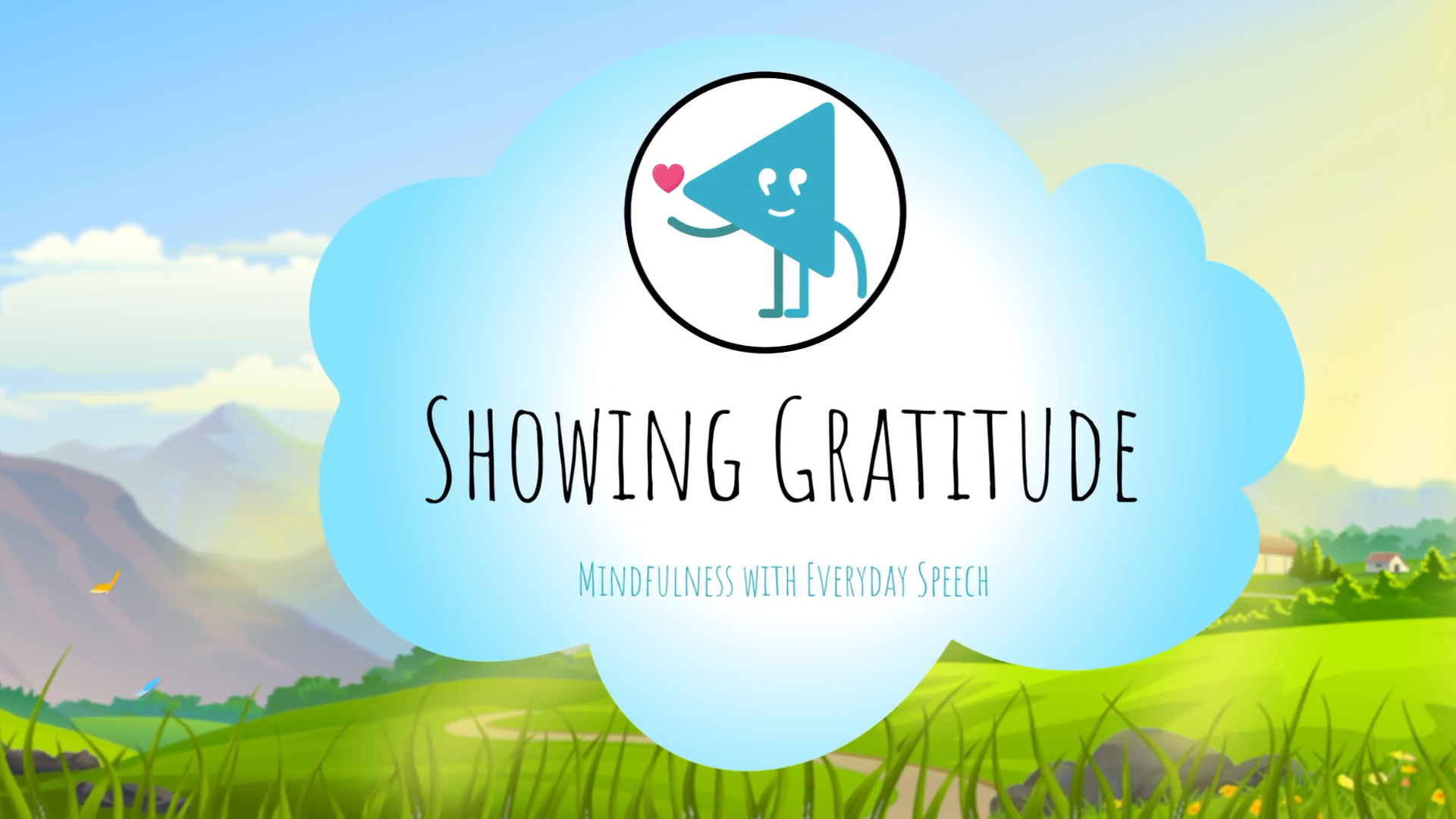Introduction
Gratitude is a powerful habit that leads to increased happiness and success in life. It helps us connect with others in healthier, more positive ways, and motivates us to improve both our own lives and the lives of those around us. In this blog post, we will explore an easy, no-prep activity for educators to teach gratitude to elementary students, along with discussion questions and related skills. By incorporating principles of Social-Emotional Learning, we can help students cultivate this essential habit in their daily lives.
No-Prep Activity: Gratitude Circle
This activity requires no preparation or materials from the educator and is a simple, yet effective way to introduce gratitude to students. To begin, have the students sit in a circle. Starting with the educator, each person will share one thing they are grateful for. This can be something simple, such as being thankful for the sunny weather or a favorite snack. The next person in the circle will then share their gratitude, and the process continues until everyone has had a turn. Encourage students to listen carefully to what others are grateful for, as this helps build empathy and understanding. Repeat the activity once a week or as needed to reinforce the habit of gratitude.
Discussion Questions
- Why do you think being grateful can lead to more happiness and success in life?
- How does showing gratitude help us connect with others in a positive way?
- Can you think of a time when someone showed gratitude to you? How did it make you feel?
- What are some different ways we can express gratitude in our daily lives?
- Why is it important to recognize the help and support we receive from others?
Related Skills
Teaching gratitude to students also helps develop other important Social-Emotional Learning skills, such as empathy, kindness, and positive communication. By fostering a sense of gratitude, students become more attuned to the needs and feelings of others, which in turn encourages acts of kindness and generosity. Positive communication skills are also enhanced, as students learn to express their appreciation and recognize the value of the connections they share with others.
Next Steps
Are you ready to start incorporating gratitude and other essential Social-Emotional Learning skills into your classroom? Sign up for free samples of skill-building materials at Everyday Speech and discover more engaging activities, videos, and resources to help your students grow and succeed. By nurturing gratitude in our students, we can set them on a path towards greater happiness, success, and personal fulfillment.






